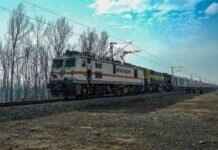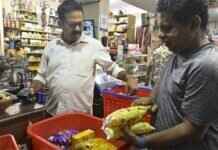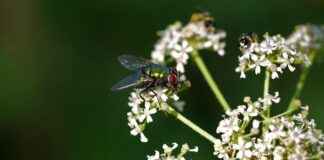A recent study has discovered that land-holding farmers who engage in non-farming activities tend to enhance labor efficiency on their farms. The research, conducted by Anviksha Drall, an assistant professor of economics at the National Law School of India University, Bengaluru, and Sabuj Kumar Mandal, an associate professor in the Department of Humanities and Social Sciences at IIT-Madras, aimed to investigate the impact of multiple job holding on farm labor use efficiency. The researchers utilized data from the International Crop Research Institute for Semi-Arid Tropics (ICRISAT) gathered from farmers in various states such as Odisha, Maharashtra, Telangana, Andhra Pradesh, Bihar, Jharkhand, Karnataka, and Madhya Pradesh between 2010 and 2014.
Insights from the Study
Through the utilization of data envelopment analysis, a mathematical technique that evaluates the efficiency of multiple workers performing similar tasks, the researchers delved into the intricate dynamics of labor allocation between farm and non-farm activities. The study, titled ‘Does multiple job holding raise labor use efficiency of the farm operators? Evidence from rural India?’, was published in the esteemed journal Applied Economics.
The findings of the study revealed that farmers who engaged in migration, whether within their state or outside, acquired valuable knowledge about innovative farming practices. This newfound knowledge was subsequently implemented upon their return to enhance agricultural productivity. Oftentimes, during the interim period after sowing seeds, farmers had the luxury of time as their families continued the agricultural operations. Wealthier farmers were able to hire labor to manage their farms in their absence, facilitating a smoother transition between different activities.
Promoting Diversification for Agricultural Sustainability
Ms. Drall emphasized the importance of promoting structured non-farm employment opportunities in rural areas to harness positive spillover effects on farming practices. Mr. Mandal echoed this sentiment by highlighting the increasing risks associated with farming due to climatic variability and price fluctuations. To mitigate these risks, farmers are increasingly diversifying into non-farm activities, either through establishing family occupations like carpentry or craftsmanship, or through temporary migration.
Migration plays a pivotal role in enabling farmers to observe and adopt innovative practices from different regions, thereby fostering technological advancements in their own farming operations. This dual approach of engaging in non-farm activities while investing in new farming techniques significantly contributes to improving labor efficiency.
Mr. Mandal underscored the significance of governmental support in alleviating credit constraints faced by farmers seeking to diversify into non-farming activities. By providing financial assistance and resources, governments can empower farmers to explore alternative sources of income, thereby bolstering overall agricultural sustainability.
The researchers deliberately selected data from villages situated in semi-arid and humid tropic regions across the country to capture the diverse agricultural landscape. With a focus on households grappling with agro-climatic fluctuations, the study encompassed 1,415 households to offer a comprehensive analysis of the intricate relationship between multiple job holding and labor efficiency in farming practices.
Published on April 11, 2025 at 5:30 am IST, this study sheds light on the transformative potential of diversification in enhancing labor efficiency and promoting sustainable agricultural practices in rural India.














